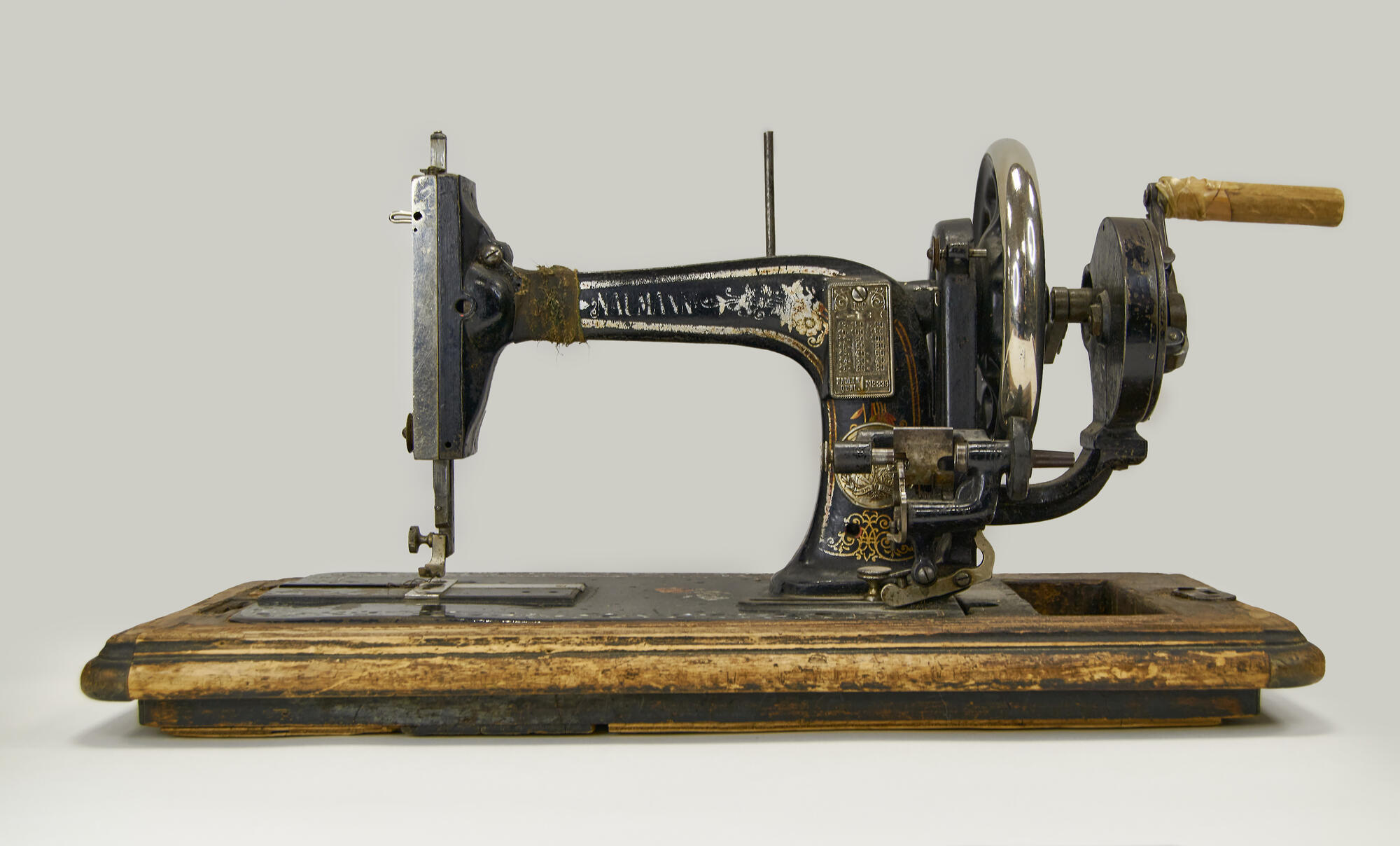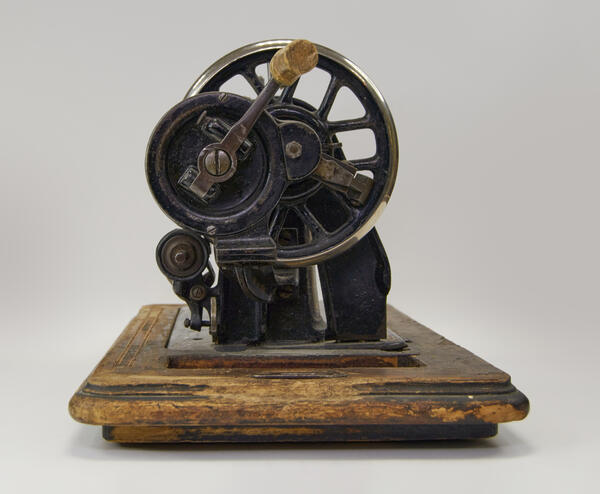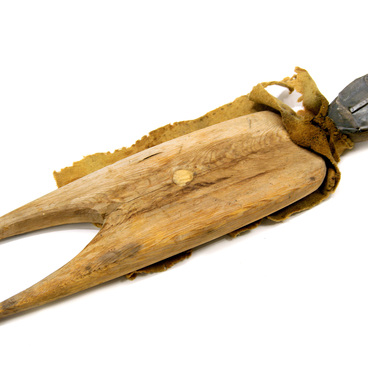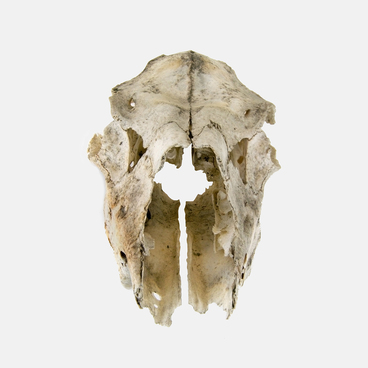The first draft of a sewing machine was proposed at the end of the 15th century by Leonardo da Vinci, but the idea remained just that — a draft. Between 1755 and 1846, those with inquiring minds continued to work hard to create a sewing machine. Thus, in 1790, an Englishman Thomas Saint patented his design of a machine for making shoes and boots, using the chain stitch method. Interestingly, almost a century later, people tried to reproduce Saint’s machine based on his drafts (because none of the first sewing machines had survived), but the resulting device needed some significant modifications to work properly. However, this innovation still proved very important: the very fact that there was now a machine that could replace manual labor prompted inventors to develop new designs for mechanical stitching. On September 2, 1851, Isaac Singer received a patent, and that same year, Singer and his business partner Edward Clark founded the I.M. Singer & Co., which would be the first to mass-produce sewing machines.
Bruno Naumann, a mechanic from Dresden, and Emil Seidel, an entrepreneur, partnered to make sewing machines in 1868. In the beginning, they produced the machines under an American license, and a few years later, Naumann made improvements to the existing design. Later, Seidel quit, but the company still used his name. At the end of the 19th century, it produced up to 80,000 typewriters a year. Since 1870, Naumann sewing machines were sold in the Russian Empire. At that time, the Popovs’ Trading House dominated the domestic sewing machine market — the company bought machines in Germany and distributed them in the Russian Empire under the brand names Seidel & Naumann, Singer, the Popov Couple, and Singer & Popov.
The “Anniversary Popovka” sewing machine was dedicated to the 25th anniversary of collaboration between the German company Seidel & Naumann and the Popovs’ Trading House. The machines with the patented festive design were called “Popovka” and “Beloruchka” (White Hands) because of the white ceramic handle. These household models could only be sold in the Russian Empire through the Popovs. The trading house also distributed them in Persia, and for that the Popov partnership received the Imperial Order of the Lion and the Sun from Naser al-Din Shah of Persia.


